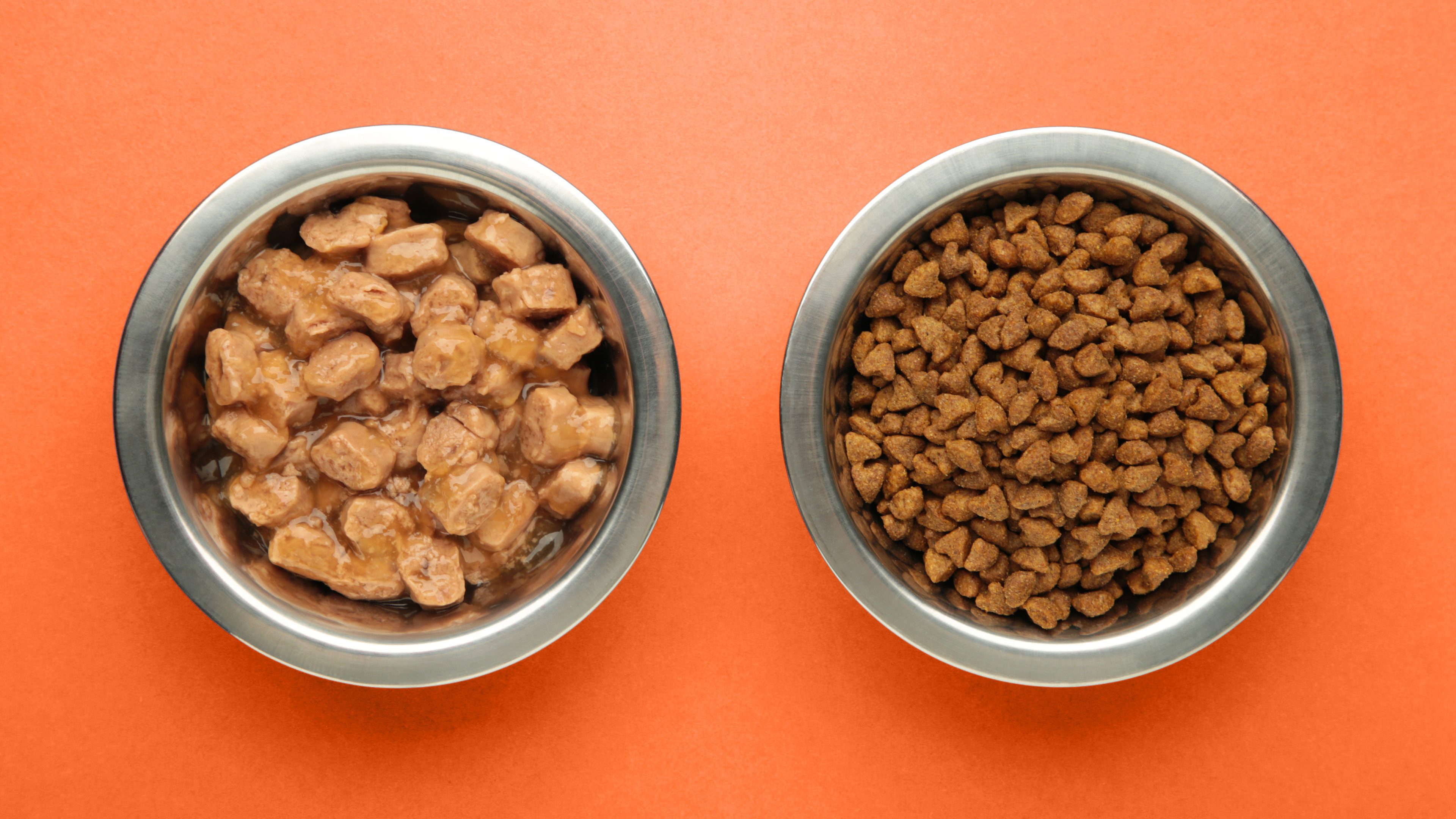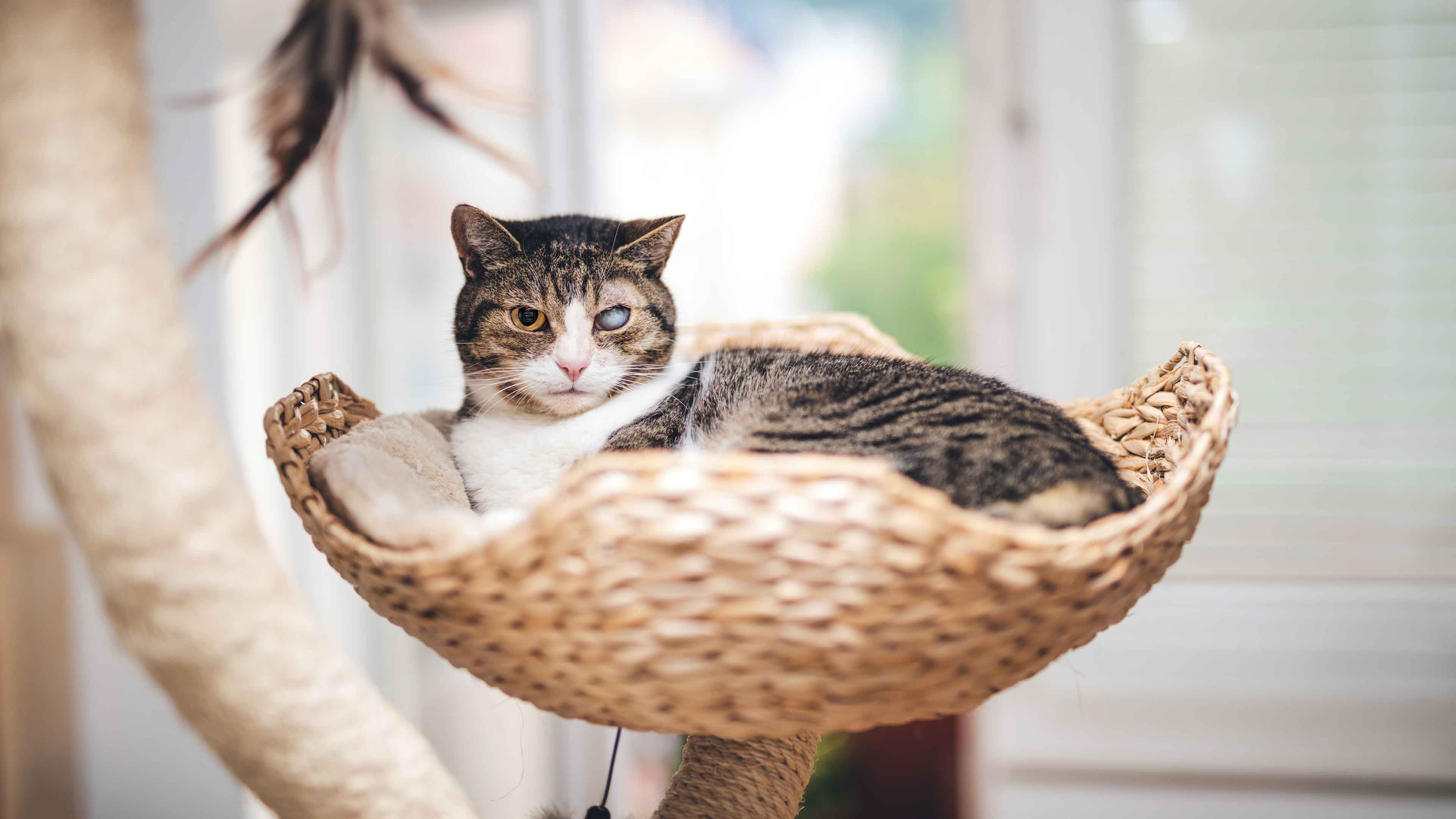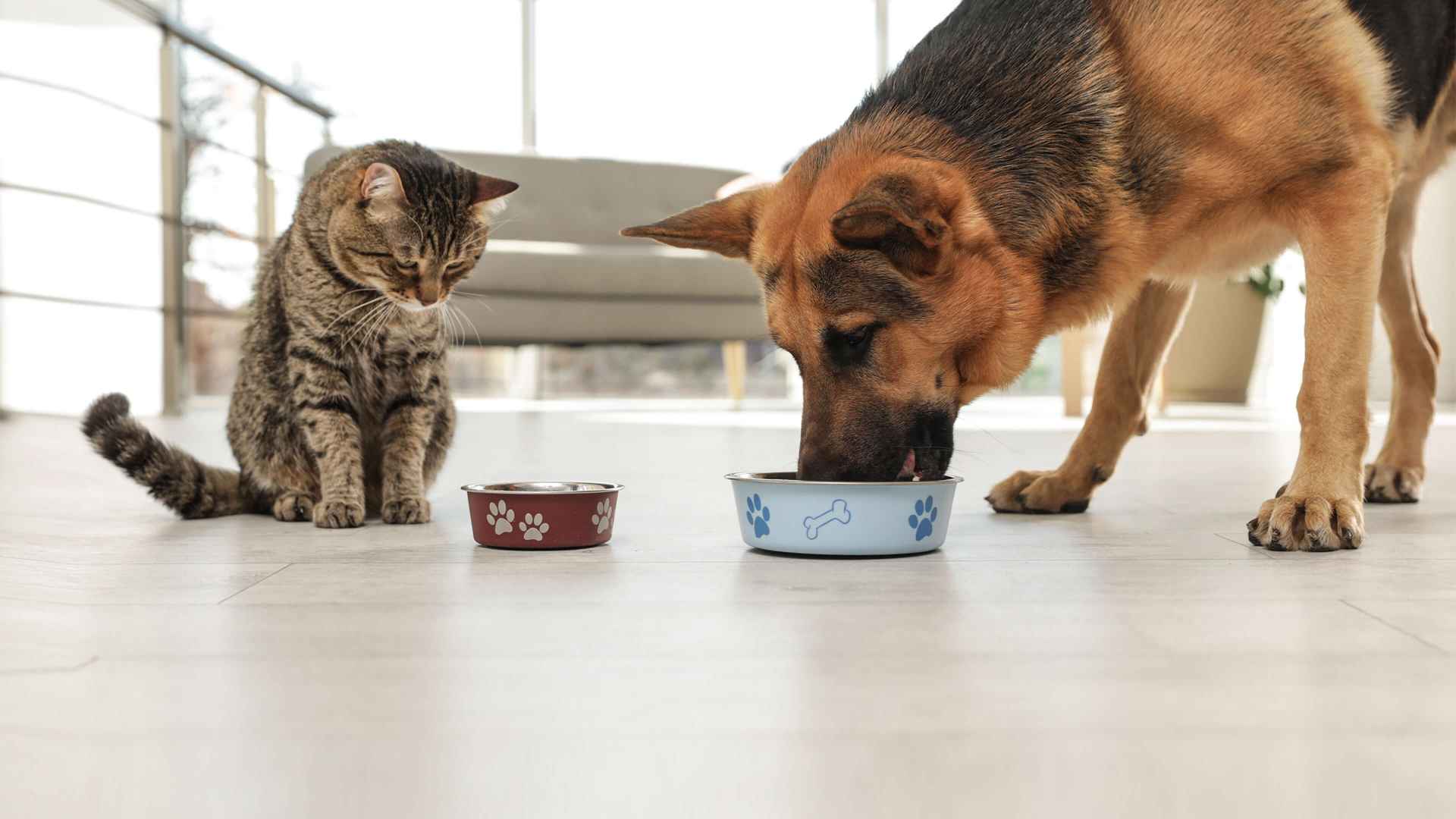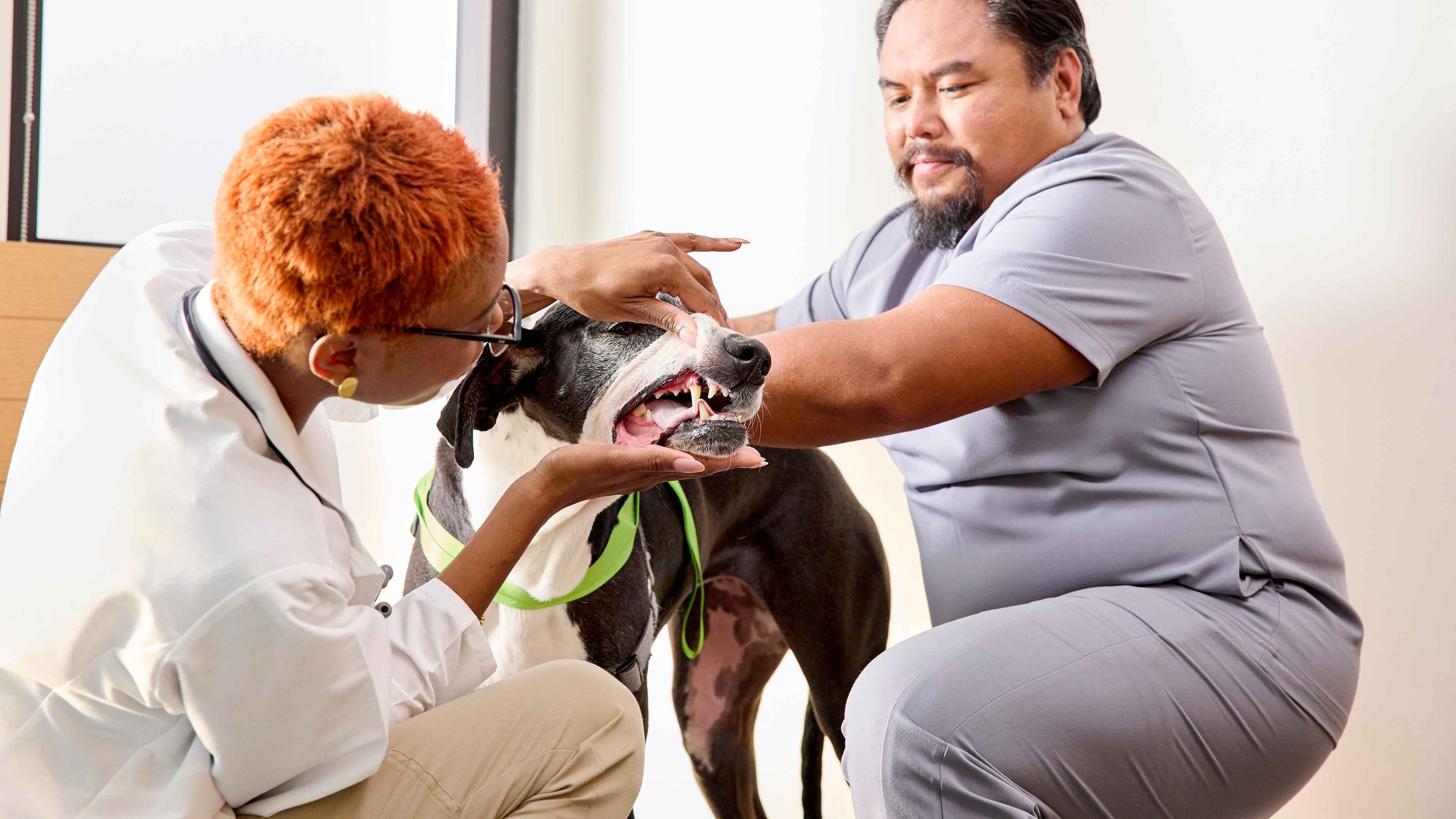what to know about dogs and cats and diabetes
Below, we’ll walk through what diabetes means for pets, signs to look out for, and how you can support your pup or cat with diabetes.
Understanding diabetes in pets
Diabetes happens when your pet’s body can’t properly regulate blood sugar (glucose).
There are two types:
- Type I: Known as insulin dependent, this is when your pet’s pancreas doesn’t make enough insulin. This is the most common form of diabetes in dogs and is rarely seen in cats.
- Type II: Known as insulin resistant, this is when your pet’s body doesn’t use insulin effectively. This is less common in dogs and more common in cats.
Spotting the signs of diabetes in your pet
Because pets can’t tell us when something’s wrong, it’s up to us to notice changes.
Here are a few signs of possible diabetes:
- Increased thirst and urination
- Weight loss despite normal or increased eating
- Lethargy or weakness
- Cloudy eyes (dogs)
- Skin or urinary tract infections
If you notice one or more of these signs, schedule an appointment with your vet as soon as possible. Early detection can help with diabetes management.
Working with your veterinarian
Your vet will diagnose diabetes based on clinical signs as well as blood and urine tests. Typically, if your pet has diabetes, it will show as high glucose in the lab work.
Here’s what your vet may suggest for a treatment plan:
- Insulin: Many diabetic pets need insulin injections, typically twice a day. (Don’t worry — your vet will teach you how to do it safely and with as minimal discomfort to your pet as possible.)
- Medication: Instead of insulin, some cats may be prescribed an oral medication that helps lower blood sugar.
- Dietary changes: Obesity may further complicate diabetes. Partner with your vet to help your pet lose weight.
- Exercise: Regular activity can help your pet maintain a healthy weight.
Tips for daily care
Managing your pet’s diabetes may seem overwhelming, but once you establish a routine, it will become much easier.
Here are a few ways to support your pet with diabetes:
- Stick to a schedule: Feed, exercise, and give insulin at the exact times every day. Consistency helps keep blood sugar stable.
- Watch your pet’s eating habits: Keep a simple log of your pet’s eating habits, energy levels, and bathroom patterns. You want to make sure they don’t develop hypoglycemia (low blood sugar).
- Don’t skip vet appointments: The tough truth is, your pet’s diabetes is most likely a lifelong condition, which means working regularly with your veterinarian is the best way to stay on top of their disease and ensure they’re receiving the best treatment.
- Be mindful of treats: It’s okay to spoil your pet occasionally, but choose carefully. Talk to your vet about which foods and snacks are most appropriate for your pet.
When to call the vet
Even with routines and regular care, complications can still spring up. Please contact your vet if your pet:
- Refuses food for more than a day
- Vomits repeatedly
- Shows signs of weakness, confusion, or collapse
- Has sudden changes in thirst or urination
Important Notice: The information provided on this page is for informational purposes only and is not a substitute for professional veterinary advice. Always consult a veterinarian with any questions regarding your pet's health or medical condition. Never disregard or delay seeking professional veterinary advice based on information from this page.
 Mites and mange
Mites and mange Podcast - Not Just Fluff
Podcast - Not Just Fluff











